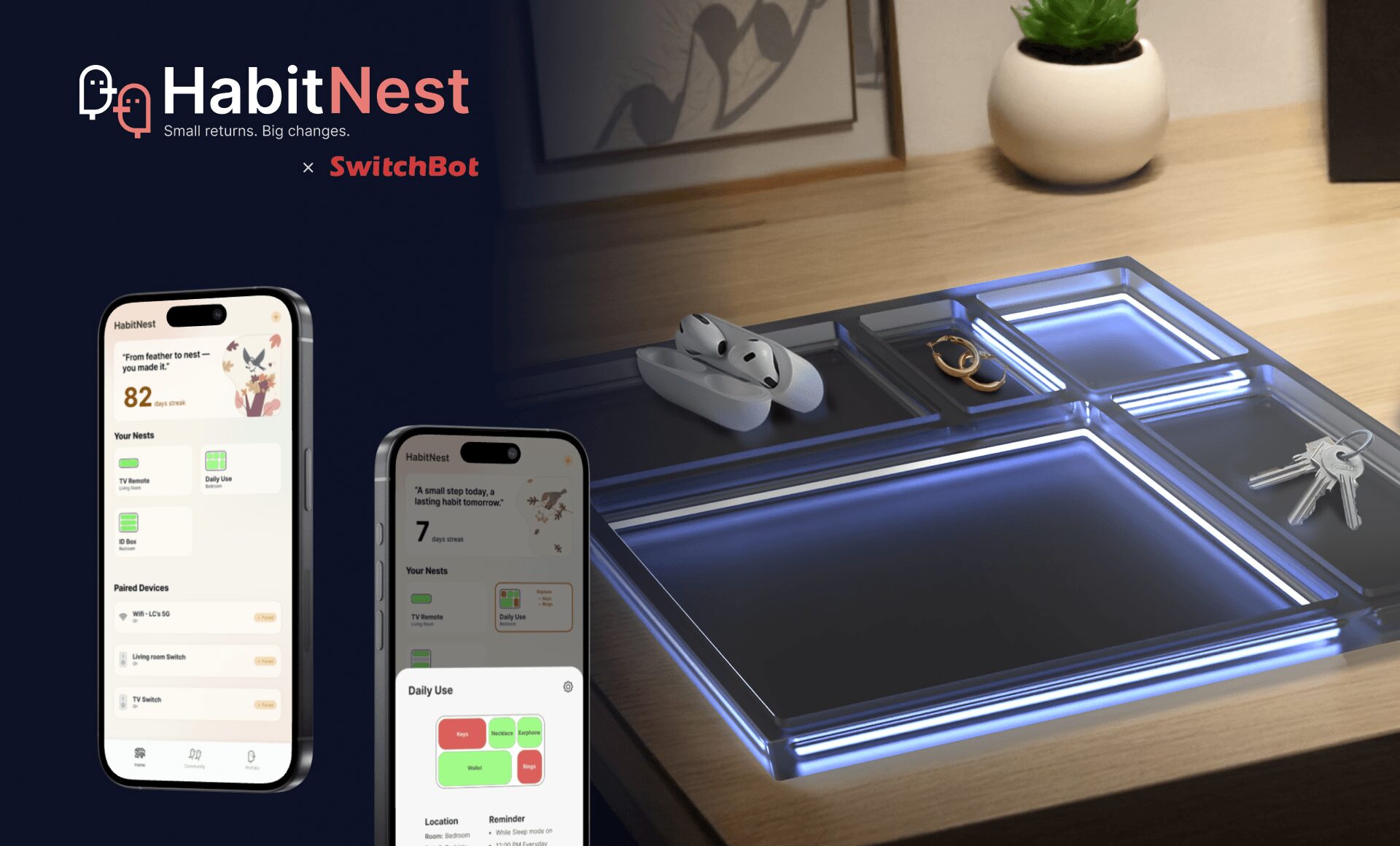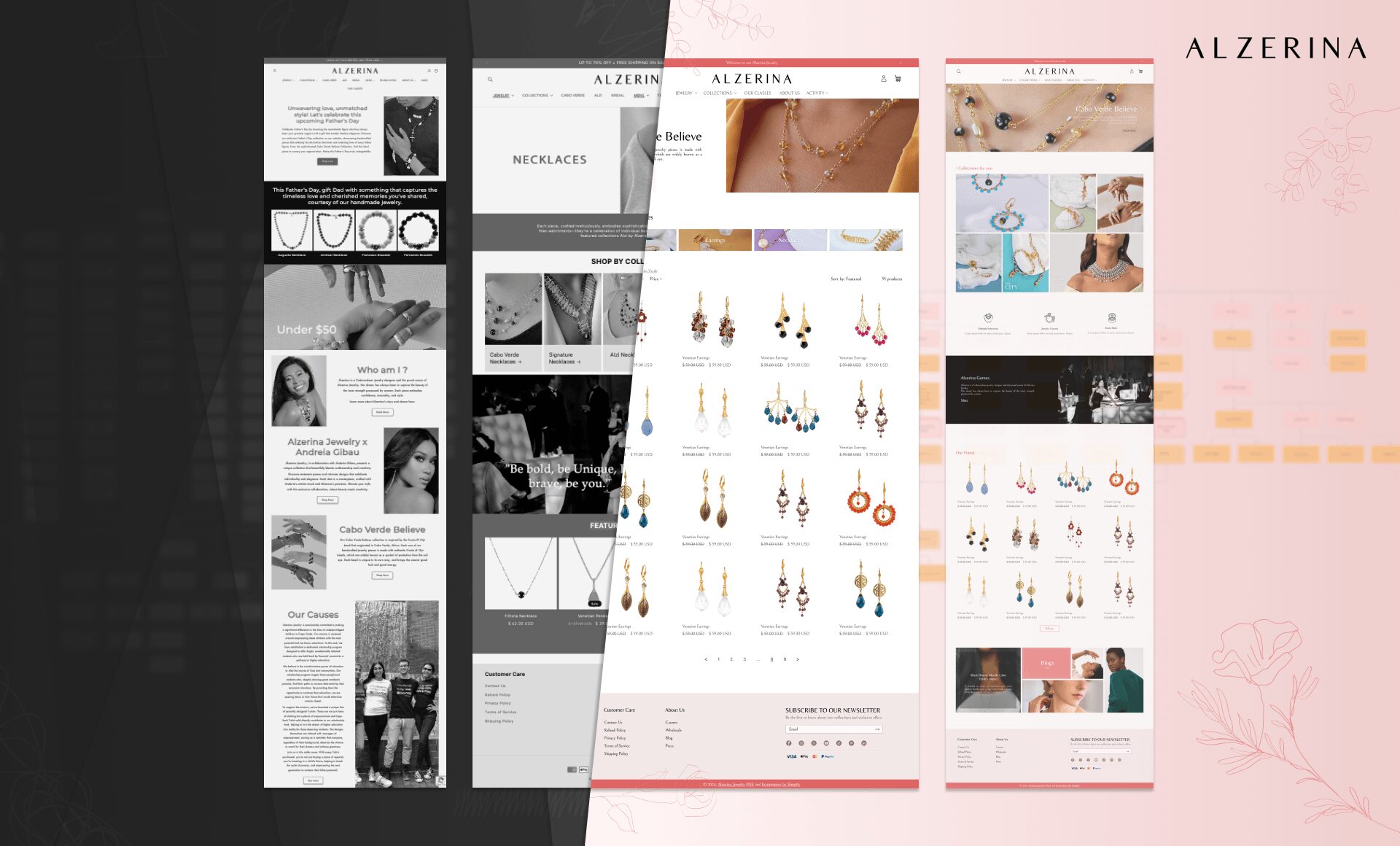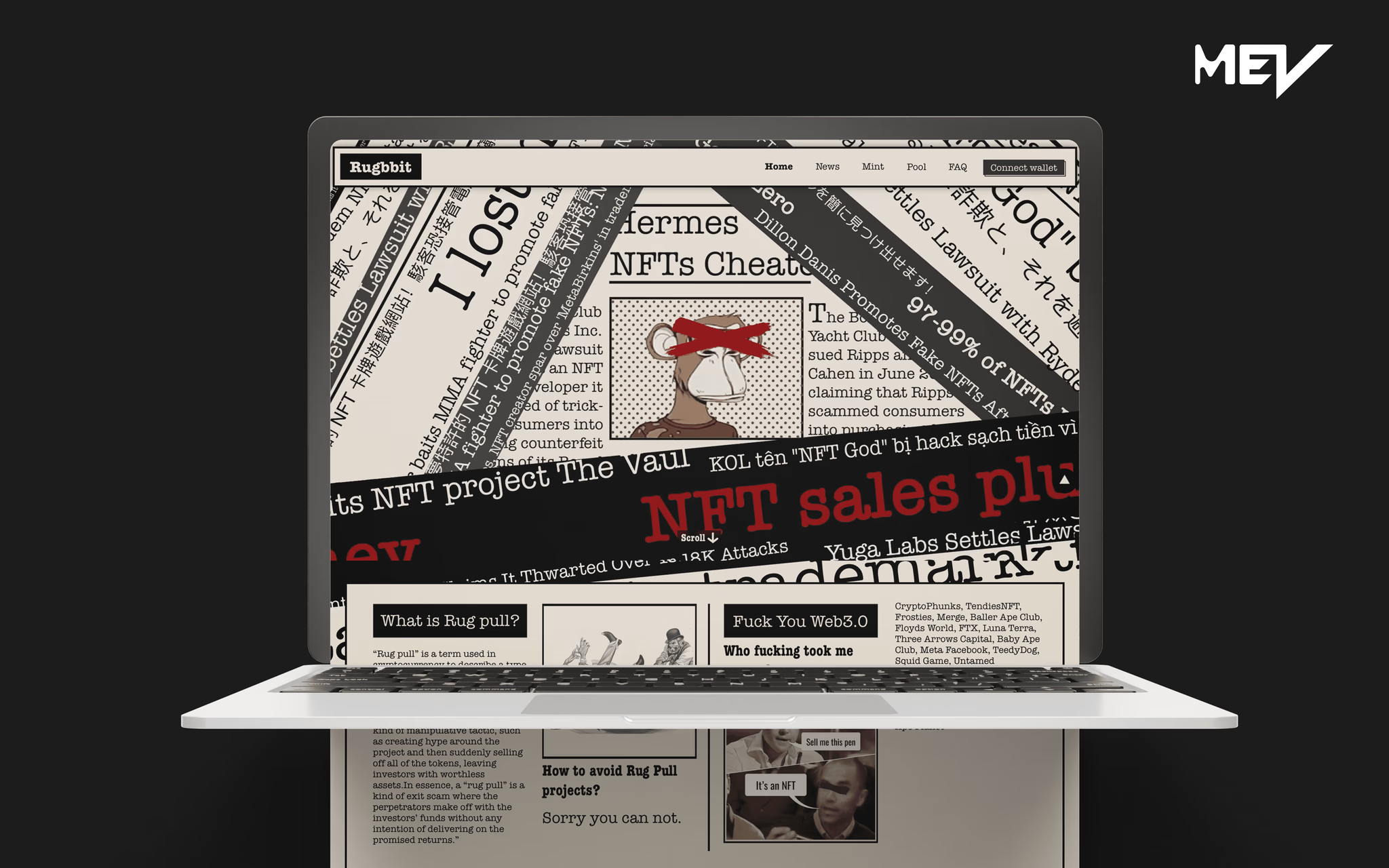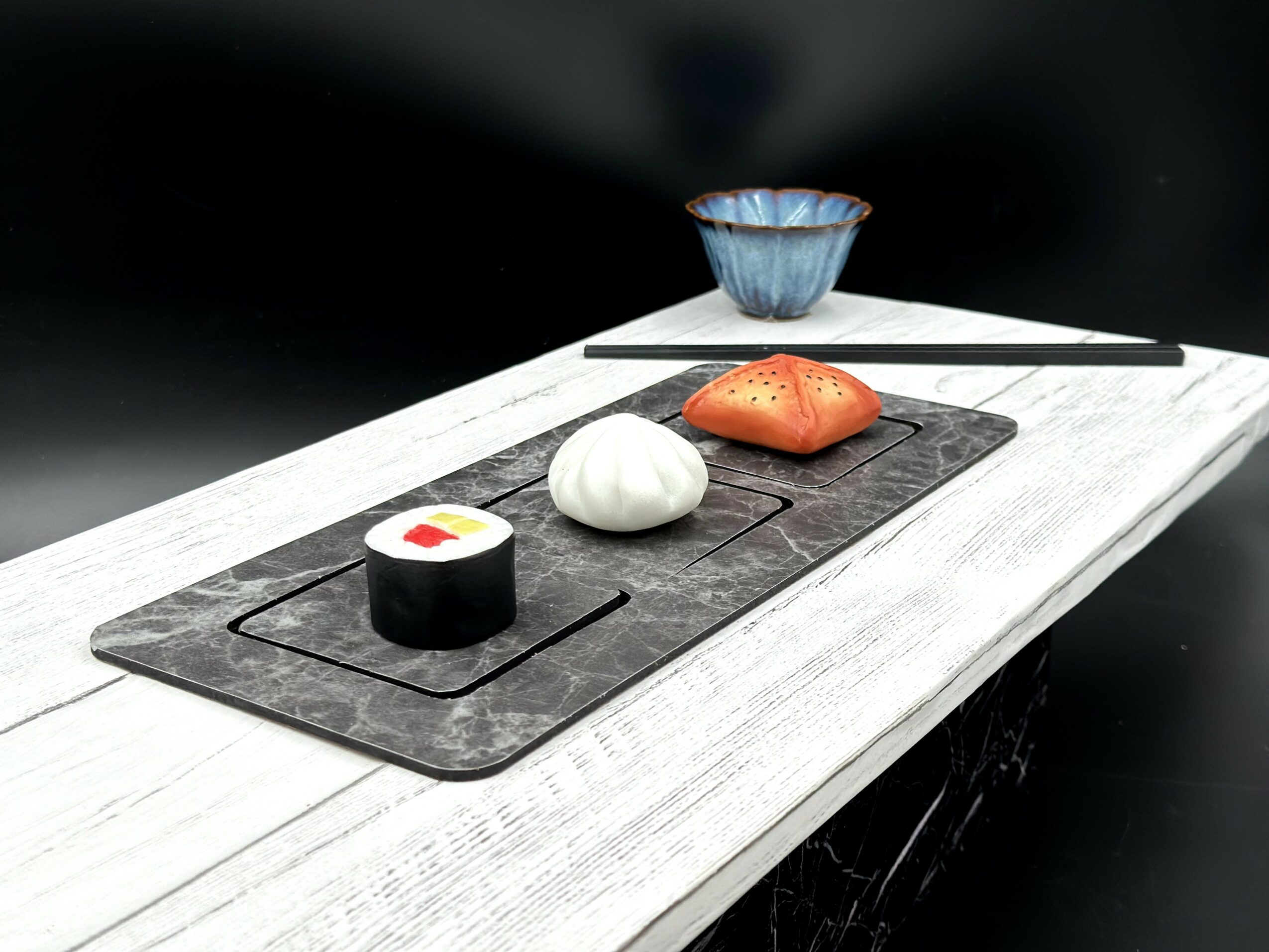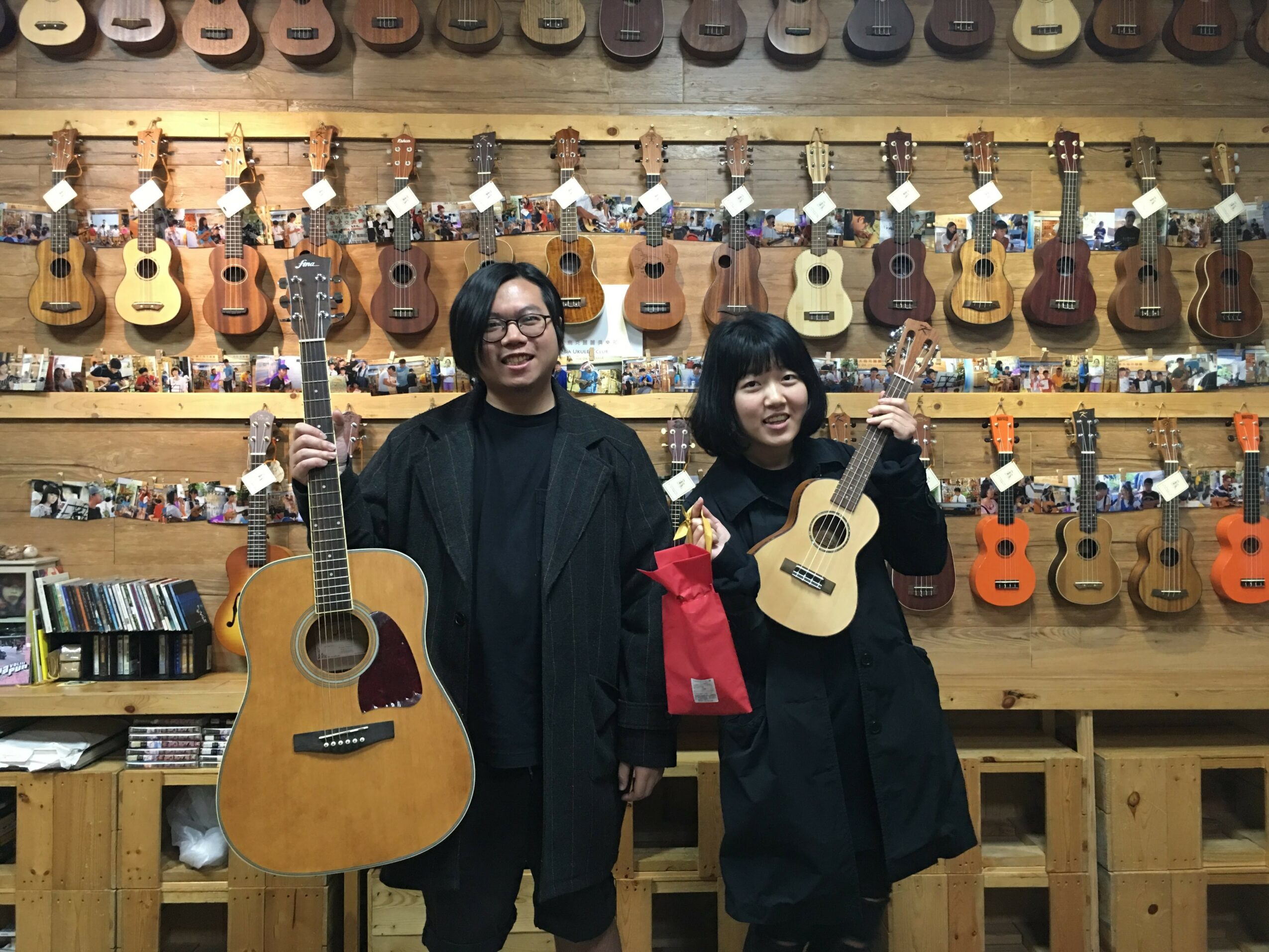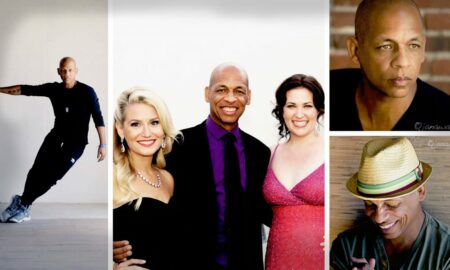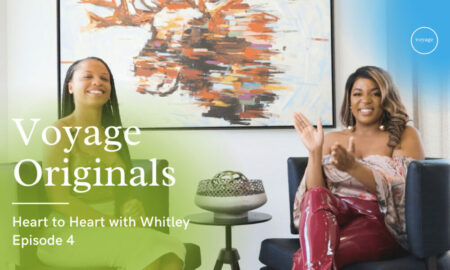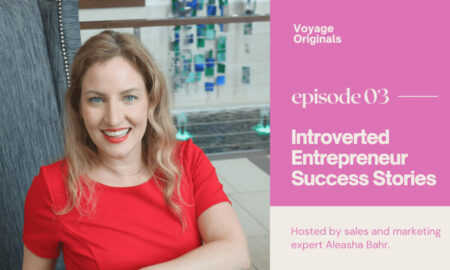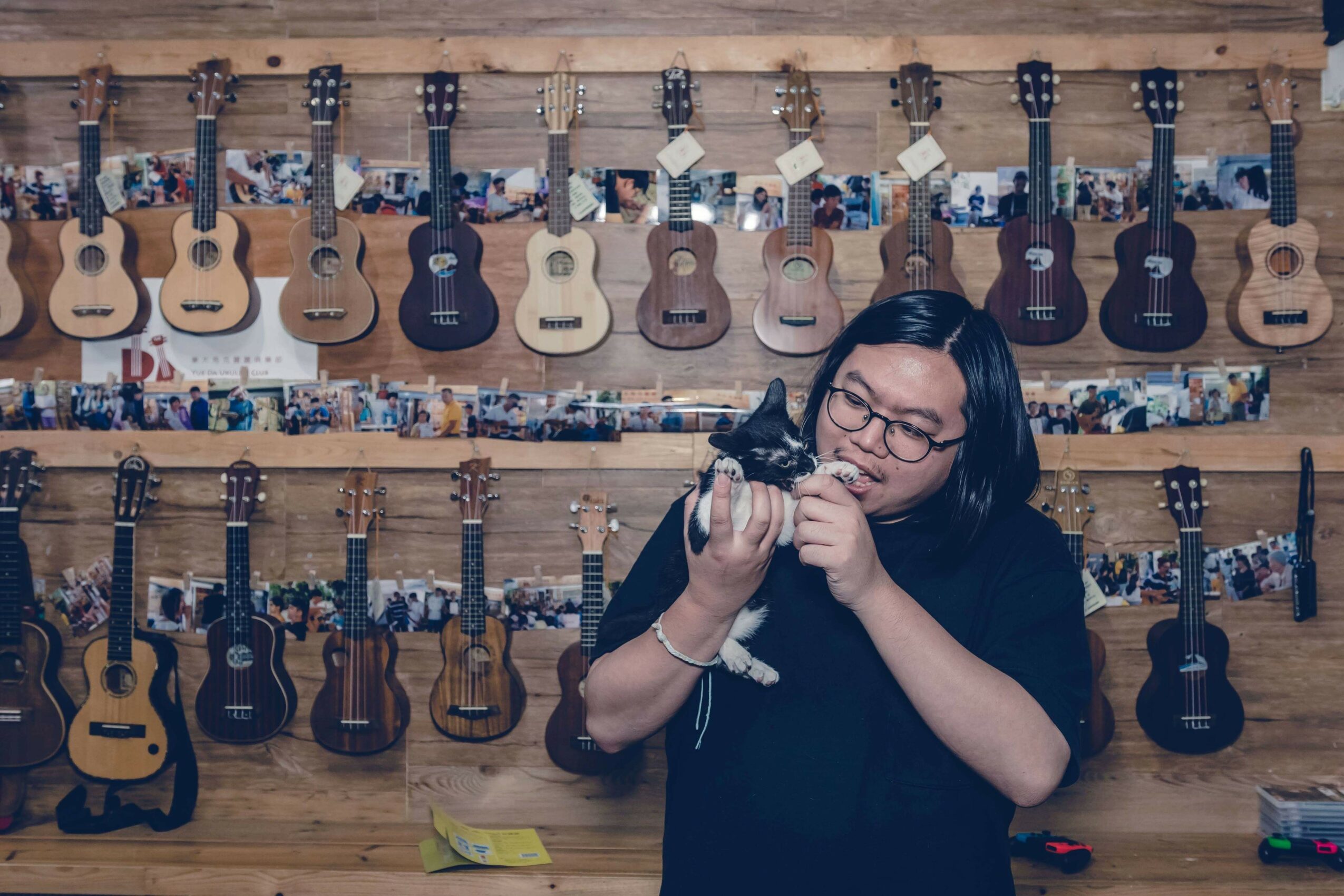

Today we’d like to introduce you to Li Tang Chen.
Hi Li Tang, we’re thrilled to have a chance to learn your story today. So, before we get into specifics, maybe you can briefly walk us through how you got to where you are today?
I’m Li Tang Chen, a UX designer from Taiwan, currently living in Savannah, GA.
To me, UX is all about understanding people. Their behaviors, their thoughts, and the small choices they make without even realizing it. But truly understanding people isn’t easy. Everyone has their own perspectives and biases, and so do we as designers. That’s why I think it’s important to keep questioning what we assume and always try to look at things from the user’s point of view.
My path to UX wasn’t really a straight line. About ten years ago, I began my career as a video editor. At the same time, I worked part-time at a small ukulele shop. Long story short, I ended up running the whole shop myself. I stayed there for three years. It wasn’t a huge business or anything, but it became a place people loved. Customers would come in just to hang out, play music, talk about life, and sometimes drink and sing together. That place felt like a second home for many people, and for me too.
Looking back, I think what made it special was the way people opened up to each other. I learned that when you treat people with sincerity, they naturally start to share more of themselves. That kind of emotional connection taught me more about human behavior than any book ever could.
I had to close the shop in early 2020 due to COVID-19. It was sad, but at the same time, it gave me a chance to think about what was next. A friend suggested I look into UX design. I didn’t really know what it was at first, but I started teaching myself, and soon realized that a lot of the things I had done in the shop were actually related to UX. I had been listening to people, observing how they moved through the space, changing the layout based on how they behaved, and planning events based on what felt right for the community. That experience made me realize I had already been designing for people without knowing it.
Eventually, I decided to come to SCAD to study Interactive Design. That decision changed my life significantly. It helped me build stronger research and design skills, but even more than that, it shifted the way I think about interaction itself. I used to see interactive art as something distant or abstract, but after diving deeper into this field, I’ve started to see how it’s closely tied to human behavior and storytelling. Interaction has always been part of how humans grow. It’s how we learn, how we connect, and how we adapt to one another through moments of misunderstanding and empathy.
Moving forward, I still see myself as a UX designer, but also as an interactive artist. I want to keep exploring both sides, creating experiences that not only solve problems but also help people feel something, reflect on something, or connect in unexpected ways.
I’m sure it wasn’t obstacle-free, but would you say the journey has been fairly smooth so far?
Nothing has ever been entirely smooth, especially in the past few years, with how unpredictable the world has been. I think everyone has faced their own version of struggle during this time.
For me, the biggest challenge was in the year the pandemic hit. I had to close down the ukulele shop and make a major career shift. That moment forced me to re-examine who I was and start over, learning new tools and skills from scratch.
On a more personal level, I’ve always believed that it’s normal to feel lost at different stages of life. In my previous work, I was often helping others sort through their doubts. But when it came to looking inward, it was never that easy. Even though it was a friend who introduced me to UX design, it still took a long process of listing out my own interests, strengths, and weaknesses, and digging into what I really wanted. The emotional and mental challenges were honestly much harder than the technical ones.
Eventually, I realized that the only way to move forward was to be honest with myself. And I mean really honest, not lying to myself to feel safe or comfortable. That’s what it means, at least for me, to truly understand who you are.
This process of self-discovery didn’t just help me get through a career transition. It also made me a better researcher. I became more empathetic, more attuned to the subtle things people say or don’t say, and more aware of how to ask the right questions when someone is still figuring themselves out, too.
Of course, the kind of uncertainty I face now is very different from five years ago. Living in a new country, adjusting to a different culture, and navigating new expectations have brought a whole new set of challenges. But what hasn’t changed is my way of dealing with them. By facing my thoughts with honesty and finding a balance between emotion and logic, I’ve learned to break through my own walls. That mindset is what gave me the courage to start exploring interactive art.
It’s not just a way to strengthen my design skills. For me, it’s also a way to gain a deeper understanding of who I am.
Appreciate you sharing that. What else should we know about what you do?
I’m a UX designer focused on research and behavioral observation. My work involves uncovering real problems and transforming them into designs that genuinely empathize with users. I don’t usually describe myself as a standout designer or researcher. Most of the time, effective research simply means applying the right method to the right person in the right context to get the most meaningful results.
Every UX designer or researcher has to learn how to set aside their own biases. The difference lies in how each of us learns to do that. For me, it’s about being honest with myself and with the people I’m studying with. Whether through observation or conversation, I try to create space where people feel safe enough to reveal what they’re really thinking. That’s what helps make the design more grounded and relevant.
I’ve worked across many different industries, including healthcare, entertainment, blockchain, and luxury. I’ve designed everything from internal B2B tools and R&D systems to B2C websites and digital products. What helps me move between these different worlds is something I learned early on—when I was running a small ukulele shop.
Back then, I met all kinds of people. I would fully step into each customer’s perspective, trying to understand their intentions and where they were coming from. During our conversations, I paid close attention to how I spoke, adjusting my tone, pace, and approach to help them feel genuinely understood. That process often revealed what they were truly looking for, even if they hadn’t said it directly.
Outside of UX, I’ve also been exploring interactive art. In many ways, it overlaps with my work in design. Both are about understanding human behavior, context, and culture. The difference is that in interactive art, I’m not trying to resolve contradictions. I’m making biases visible, inviting people to reflect on them, and giving space for new kinds of conversations to happen.
If you had to, what characteristic of yours would you give the most credit to?
Honesty has been the most important quality that’s helped me get to where I am today.
Throughout this journey, being honest with myself has helped me grow. It’s easy to fall into the habit of trying to prove something or pretending you know more than you do. But acknowledging my weaknesses, accepting them, and working to improve, that’s how I’ve learned and moved forward.
Honesty with others has also taught me to listen more carefully and observe more intentionally. It’s not just about identifying needs from a design perspective, but about building trust. Whether I’m conducting user interviews or collaborating with a team, trust makes the process smoother and the outcomes stronger. For me, that sense of trust always starts with honesty.
Contact Info:
- Website: https://litang-chen.com/
- LinkedIn: https://www.linkedin.com/in/li-tang-chen-0712a3198
